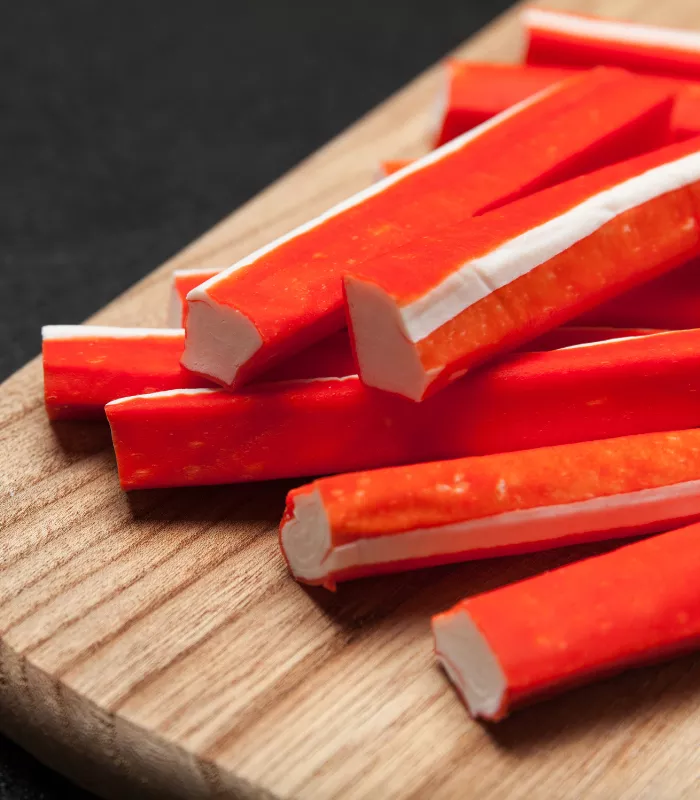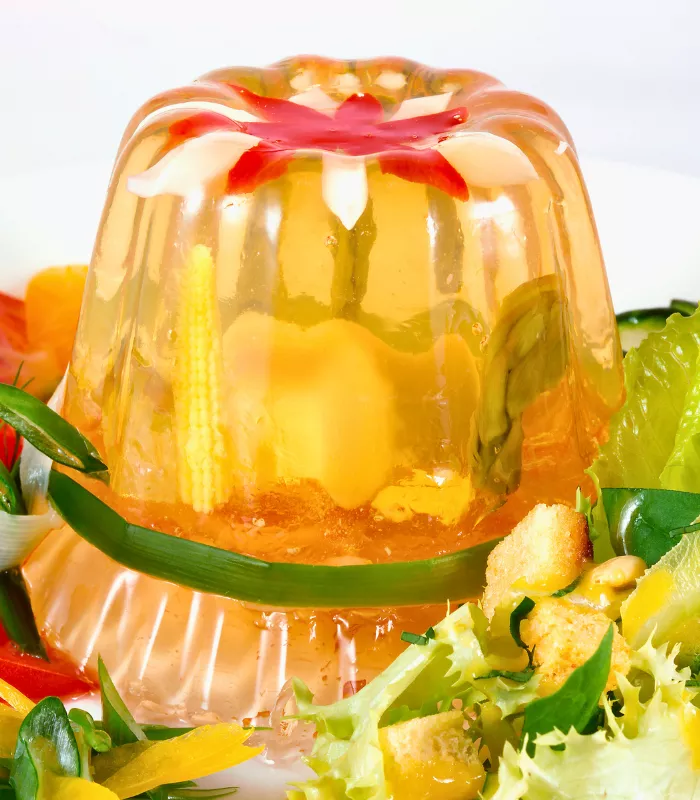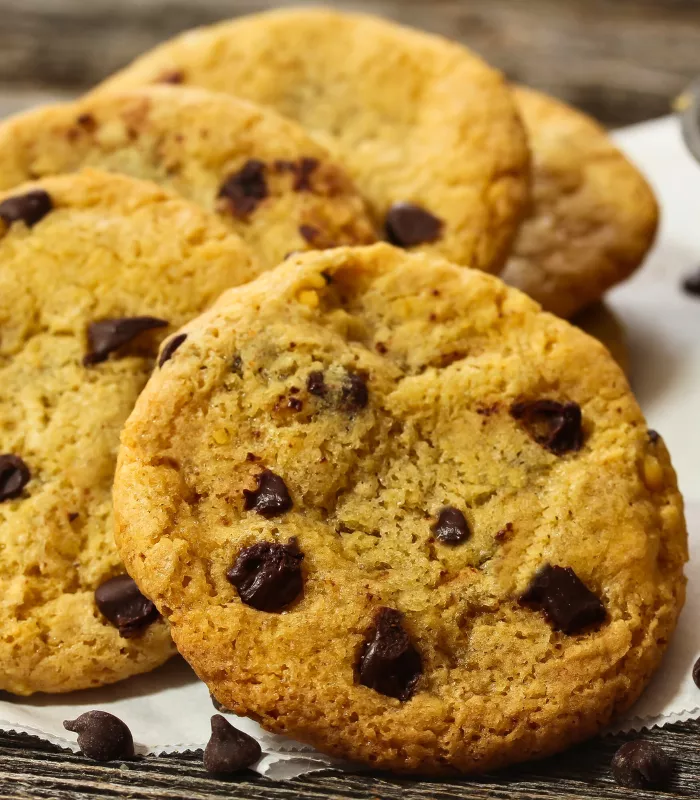Food laboratories worked around the clock creating synthetic flavors that bore no resemblance to actual ingredients.
Companies threw millions at products that lasted shorter than a Reagan speech.
But here’s the catch: consumers actually bought these disasters.
We lined up at grocery stores and fast-food chains begging for punishment.
The decade turned eating into an extreme sport where survival meant avoiding certain aisles entirely.
1. New Coke

Coca-Cola shocked the world in 1985 by changing their classic formula.
The new sweeter taste was supposed to compete with Pepsi. But here’s the catch – it tasted like watered-down Pepsi mixed with corn syrup.
Americans were outraged. The company got over 400,000 angry calls and letters in just three months.
Why It’s On This List: Even Coca-Cola admitted it was a mistake and brought back the original formula as “Classic Coke” after just 79 days.
2. Crystal Pepsi
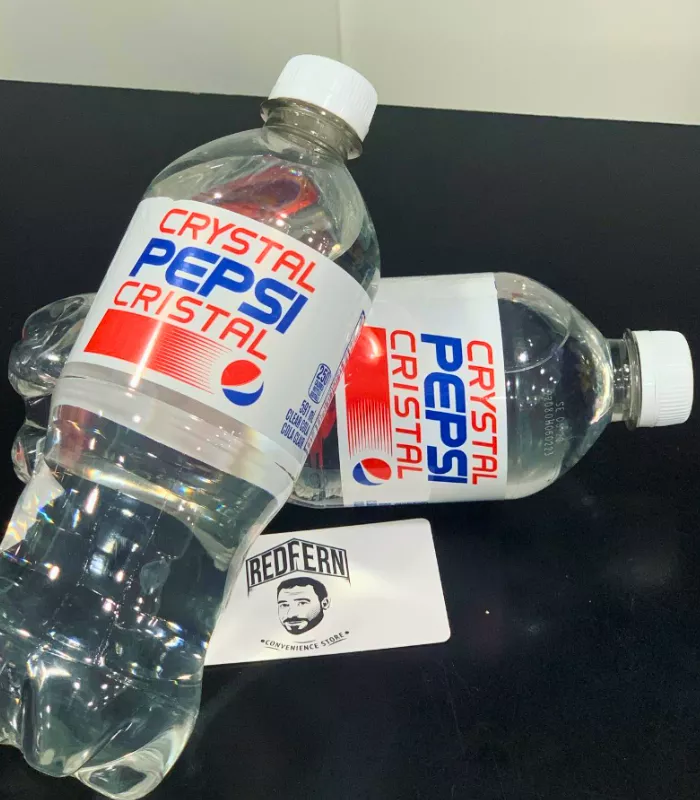
This clear cola hit shelves in 1992 but the idea started brewing in the late 80s.
Pepsi thought a see-through soda would seem pure and healthy. The problem? It tasted like flat Pepsi mixed with lemon-lime soda.
Your taste buds expected cola flavor but got confused by the clear color. That’s why the brain-taste disconnect made every sip weird.
Why It’s On This List: It lasted only one year before Pepsi pulled it from stores due to poor sales and complaints about the strange taste.
3. Tab Cola
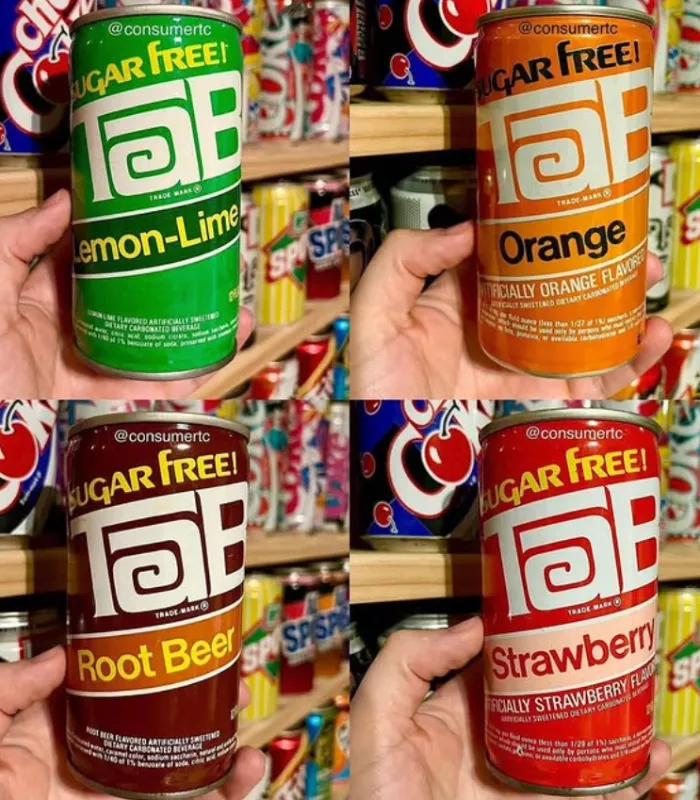
Coca-Cola’s diet soda was huge in the 80s but had a serious taste problem.
Tab used saccharin as its main sweetener. This artificial sugar left a bitter, metallic aftertaste that lingered for hours.
You’re better off knowing that many people described it as “drinking sweet medicine” or “cola-flavored cough syrup.”
Why It’s On This List: The saccharin aftertaste was so strong that even loyal Tab drinkers complained about having to “chase” each sip with water.
4. Early Lean Cuisine Dinners

These frozen diet meals launched in 1981 and promised restaurant-quality food.
But here’s the deal – most tasted like cardboard with a side of rubber vegetables. The chicken was always dry and the sauces were watery.
I made a classic mistake thinking “diet” meant “delicious.” The portions were tiny and the flavors were practically non-existent.
Why It’s On This List: Many contained less than 250 calories, but people said they tasted like “frozen disappointment” with artificial flavoring.
5. Wine Coolers

These sweet alcoholic drinks were everywhere in the 80s, especially Bartles & Jaymes and Seagram’s.
They tasted like sugary fruit punch mixed with cheap wine and carbonated water. The artificial fruit flavors were overwhelming and cloying.
Most contained only 4% alcohol, so you needed several just to feel anything. But drinking that much sugar made people feel sick.
Why It’s On This List: They were basically alcoholic Kool-Aid with enough sugar to make your teeth hurt and a wine aftertaste that didn’t belong.
6. Generic Brand Cereals
The 80s saw an explosion of no-name generic cereals in plain white boxes.
These knockoffs tried to copy popular brands but failed miserably. “Corn Flakes” tasted like cardboard. “Chocolate Chips” had no chocolate flavor.
You’re better off spending the extra 50 cents for real cereal. The savings weren’t worth eating flavorless grain products.
Why It’s On This List: Most generic cereals used cheaper ingredients and less flavoring, making breakfast taste like eating packing material.
7. Microwave Popcorn (Early Versions)

The first microwave popcorn bags hit stores around 1981 and were revolutionary but terrible.
The artificial butter flavoring was so strong it burned your nose. The “butter” was actually a chemical compound that tasted nothing like real butter.
But here’s the catch – half the kernels stayed unpopped while the other half got burnt and bitter.
Why It’s On This List: Early versions used diacetyl for butter flavor, which not only tasted fake but caused health concerns that weren’t discovered until later.
8. Frozen Yogurt
Frozen yogurt shops exploded in the 80s as the “healthy” alternative to ice cream.
Most tasted like tart, icy milk with artificial fruit flavoring. The texture was grainy and the flavors were weak and sour.
That’s why people loaded it up with candy toppings – the base product needed serious help to be edible.
Why It’s On This List: Unlike today’s creamy versions, 80s frozen yogurt was icy, tart, and had the texture of flavored slush rather than smooth ice cream.
9. TV Dinners
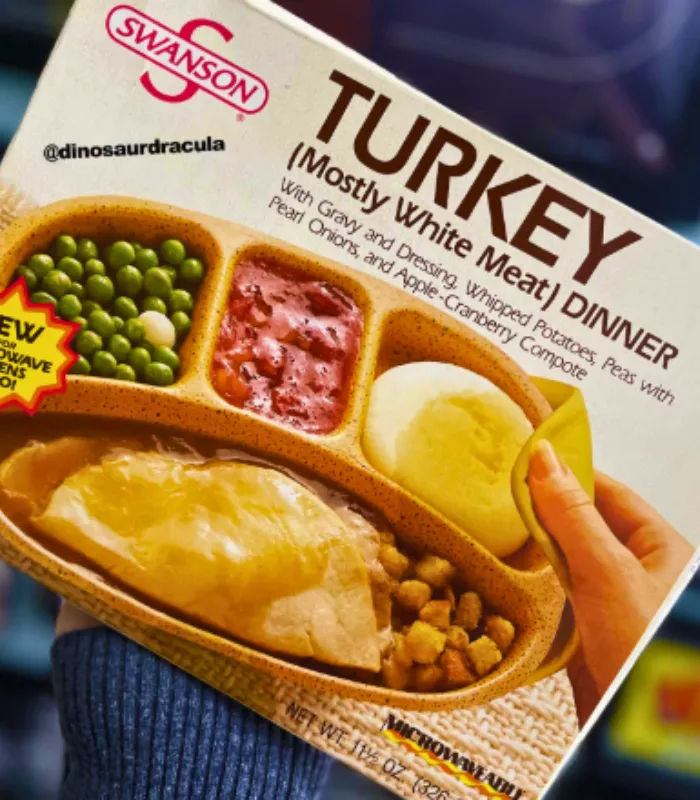
Swanson and other brands dominated freezer sections with compartmentalized aluminum trays.
The turkey always tasted like wet cardboard. The mashed potatoes were gluey paste. The vegetables were mushy and flavorless.
But here’s the deal – convenience trumped taste for busy families. People ate them despite knowing they were awful.
Why It’s On This List: Most contained high amounts of sodium and preservatives, making everything taste artificial and leaving a chemical aftertaste.
10. Diet Sodas with Saccharin
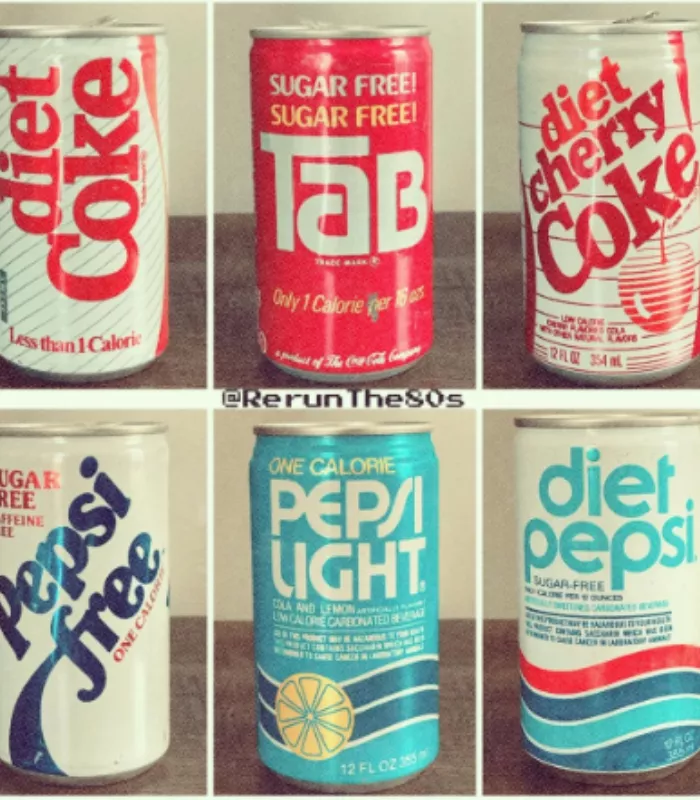
Before aspartame became common, most diet sodas used saccharin as their sweetener.
Every diet soda had the same bitter, metallic finish that stayed in your mouth for hours. Diet Coke, Diet Pepsi, and others all shared this unpleasant trait.
You’re better off knowing that saccharin is 300 times sweeter than sugar but with a harsh aftertaste that no amount of flavoring could mask.
Why It’s On This List: The FDA required warning labels on saccharin products throughout the 80s, and the taste was so bad that many people avoided diet sodas entirely.
11. Boxed Wine

Franzia and other boxed wines became popular in the 80s for their convenience and low cost.
But here’s the catch – most tasted like grape juice mixed with rubbing alcohol. The cardboard packaging didn’t help the flavor either.
You’re better off knowing that the wine often sat in those boxes for months, getting more acidic and harsh with time.
Why It’s On This List: Most boxed wines cost under $5 and tasted like they were made from the cheapest grapes and lots of added sulfites.
12. Imitation Crab (Surimi)
This fake crab made from processed fish became a cheap seafood substitute in the 80s.
It had a rubbery texture and tasted like fishy Play-Doh with artificial crab flavoring. The orange food coloring made it look fake too.
That’s why most people could tell immediately it wasn’t real crab. The texture was all wrong and it left a strange aftertaste.
Why It’s On This List: Made from cheap white fish like pollock, it was processed with starch and artificial flavors that never came close to real crab meat.
13. Early Low-Fat Snack Foods
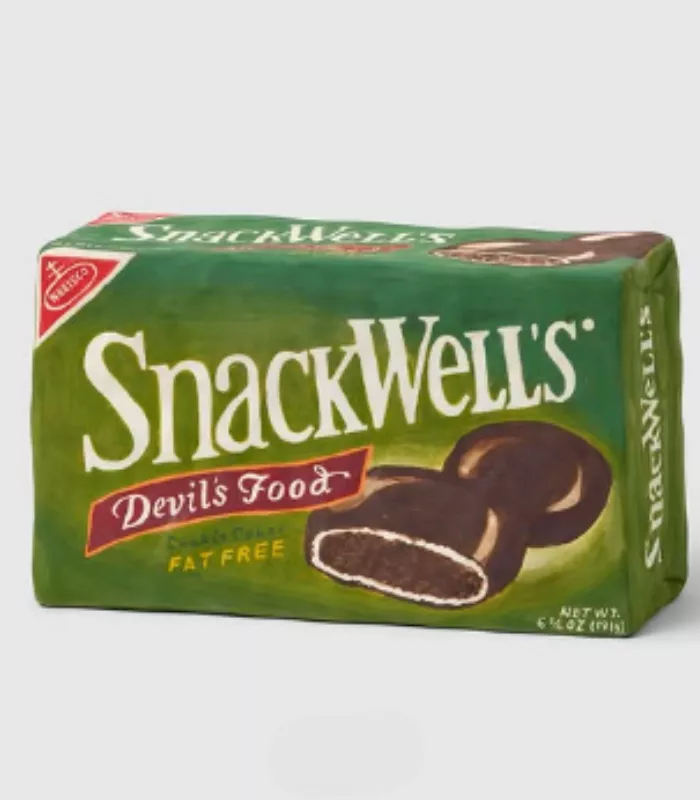
SnackWells and other “guilt-free” cookies and crackers flooded grocery stores in the late 80s.
These products removed fat but replaced it with extra sugar and artificial ingredients. Most tasted like sweetened cardboard.
I made a classic mistake thinking low-fat meant it would still taste good. The cookies were dry and the crackers were flavorless.
Why It’s On This List: Without fat to carry flavor, manufacturers loaded these snacks with artificial sweeteners and chemicals that left a weird chemical aftertaste.
14. Jell-O with Mix-ins
The 80s saw creative Jell-O combinations with vegetables, fruits, and even tuna mixed in.
Popular at potluck dinners were lime Jell-O with shredded carrots or orange Jell-O with cottage cheese. The textures never worked together.
But here’s the deal – sweet gelatin wasn’t meant to hold savory ingredients like celery or onions. Every bite was confusing.
Why It’s On This List: These “salads” combined conflicting flavors and textures that made no sense together, creating dishes nobody actually enjoyed eating.
15. Spray Cheese

Cheez Whiz in an aerosol can seemed like the future of convenience food in the 80s.
The “cheese” came out as processed foam that tasted nothing like real cheese. It was salty, artificial, and had a chemical tang.
You’re better off with real cheese because this stuff contained mostly oil, water, and artificial cheese flavoring.
Why It’s On This List: The pressurized can process made the fake cheese even more artificial-tasting, with a texture like salty whipped cream that stuck to your teeth.
16. Artificial Coffee Creamers
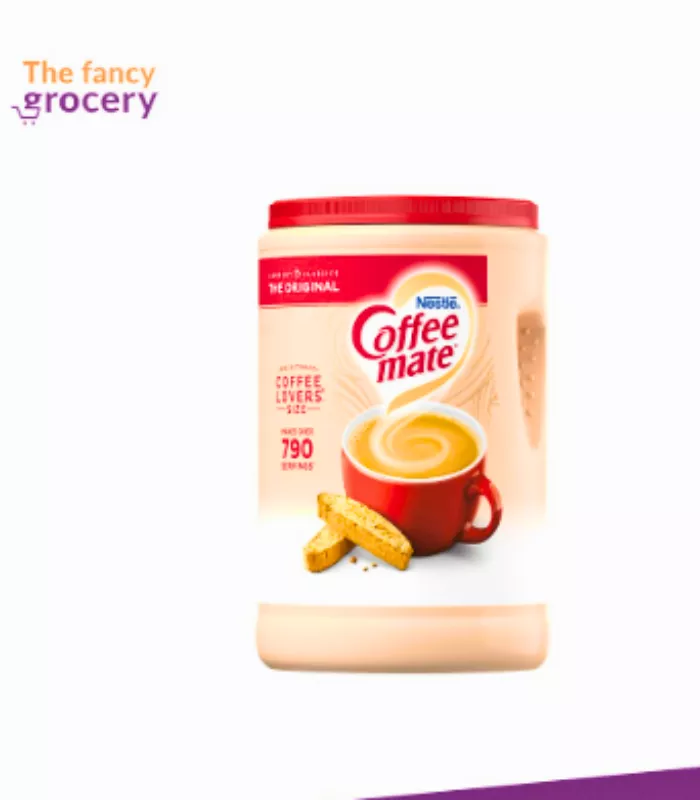
Non-dairy creamers like Coffee-mate dominated office break rooms throughout the 80s.
These powdered products tasted like sweet chemicals mixed with oil. They never actually made coffee taste creamy or better.
That’s why many people used multiple packets just to mask the bitter coffee, making their drinks taste like liquid candy with a chemical finish.
Why It’s On This List: Made from corn syrup, hydrogenated oils, and artificial flavors, they added sweetness but no real cream taste to coffee.
17. Plain Rice Cakes
These puffed rice discs were marketed as the ultimate diet food in the 80s.
They tasted exactly like eating Styrofoam packing peanuts. Most had zero flavor except for a slight cardboard taste.
But here’s the catch – people bought them thinking they were healthy, then loaded them with butter or peanut butter just to make them edible.
Why It’s On This List: Plain rice cakes contained almost no fat, sugar, or salt, which also meant they contained almost no flavor at all.
18. Fat-Free Cookies and Ice Cream
The late 80s brought fat-free versions of favorite desserts that promised guilt-free indulgence.
These products used artificial fat substitutes that left a waxy coating in your mouth. The cookies crumbled into powder and the ice cream was icy and flavorless.
I made a classic mistake thinking they’d satisfy dessert cravings. Most people ended up eating twice as much trying to feel satisfied.
Why It’s On This List: Without fat to carry flavor and create texture, these desserts tasted artificial and left people wanting real versions even more.
19. Powdered Drink Mixes

Beyond Tang, the 80s had dozens of powdered drinks like Kool-Aid Koolers and Crystal Light.
Most were overly sweet with artificial fruit flavors that tasted like liquid candy. The powder never fully dissolved, leaving gritty residue.
You’re better off knowing that these drinks were basically sugar, artificial colors, and chemical flavoring with no actual fruit.
Why It’s On This List: Many contained artificial sweeteners that left a bitter aftertaste, and the fruit flavors tasted nothing like real fruit.
20. Early Diet Ice Cream
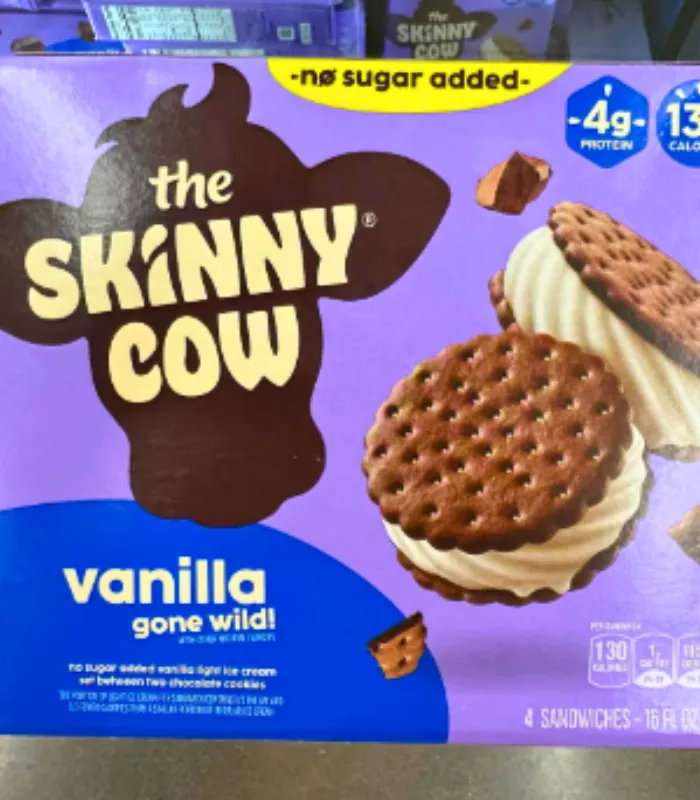
Brands like Weight Watchers introduced diet ice cream that promised the same taste with fewer calories.
These products were icy, crystalline, and had artificial flavors that tasted like frozen chemical soup. The texture was nothing like real ice cream.
That’s why most people took one bite and went back to regular ice cream. The artificial sweeteners couldn’t mask the fake taste and weird texture.
Why It’s On This List: Made with artificial sweeteners and stabilizers instead of cream and sugar, they had an icy texture and left a bitter aftertaste that lingered for hours.

